The word Easter originates from the Old English Eostre, the original name for the month we know as April. It is a derivative of Austro with an original root meaning of “to shine”. It has been commonly identified as the name of an Old English goddess of the dawn–although the only reference to this is from a monk named Bede circa 7 AD. It is also translated from Eosturmonath into Paschal month originating from German and Latin Pascha and named for the month in which Passover happens. Bede concluded:
“Eosturmonath has a name which is now translated “Paschal month”, and which was once called after a goddess of theirs named Eostre, in whose honour feasts were celebrated in that month. Now they designate that Paschal season by her name, calling the joys of the new rite by the time-honoured name of the old observance.” (1)
As with many traditions, things commonly associated with a season were brought along into a celebration resulting in new meaning at the same time incorporating things of old. It is important to note that contrary to popular belief, the association of this mythical goddess with the bunny as a part of her lore does not happen until the late 19th century. So where does this bunny come from?
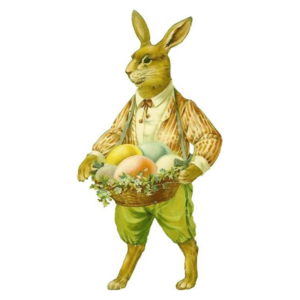
The tradition of bunnies being associated with the arrival of spring and new life goes back to antiquity and would then find itself woven into early Christianity. The hare would eventually become a symbol commonly found in religious art during the Medieval period as well. Due to the bunnies’ ability to proliferate life, they were also seen as a symbol of virgin birth and thereby associated with purity and Mary, the Mother of Jesus.
As for the Easter Bunny himself as we commonly celebrate today, this tradition arrives long before the age of Hallmark with many crediting it origins to the Germans who arrived in America circa 1700s. The Germans held the tradition of an egg-laying hare called “Osterhase” and naturally brought this tradition with them to America during that time period. This hare also had many similarities to Santa Claus, aka Saint Nicholas, in that he judged children’s behavior during Eastertide. This hare brought children colored eggs along with small toys and candy and placed them in nests the children built outside their homes. (2) The earliest written reference to this hare can be found in a German medical dissertation circa 1682 about how eating the brightly colored eggs without proper condiments resulted in tummy aches. (3) Either way, the hare eventually became a bunny and the nest became a basket.
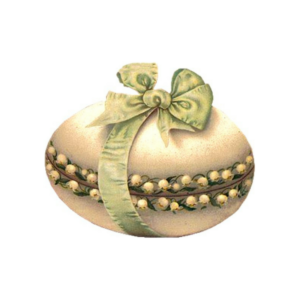
While eggs are an ancient symbol of new life, they are also connected to Easter through the original fasting obligation that included no eggs during the Lenten fast observed as early as the 5th century. (4) Eggs having a shelf life somewhat longer than other foods if kept in a cooler location allowed for their collection and keeping to be then used in breaking the Lenten fast on Easter. Decorating the eggs would have naturally added to the festivity and celebration of Easter morning. The tradition of dyeing Easter eggs long surpasses any Hallmark influence on the holiday once again with a written record of King Edward I having received “boiled and stained” eggs and distributed them to his household on Easter circa 1290 AD. (5) This evidences the tradition of dyeing eggs and Easter being practiced in the British Isles long before America even existed.
It is not hard to see how common symbols associated with spring and the beginnings of new life would naturally find their way into the traditions of Easter as it celebrates new life through Jesus Christ and the Resurrection. Traditions have a way of incorporating common things into the celebration of special moments while giving us both a sense of familiarity and connectedness. Happy Easter!
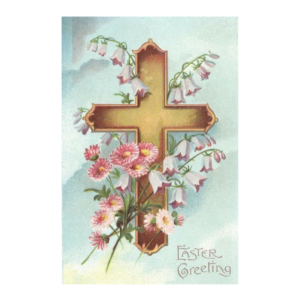
Until we meet again, may God hold you in the palm of His hand.
~An Old Irish Blessing
Marian McCoy Boveri
(1) en.wikipedia.org (ostre)
(2) time.com (easter bunny)
(3) www.livescience.com (easter bunny and eggs)
(4) christianitytoday.com (lent and eggs)
(5) www.history.com (easter symbols)
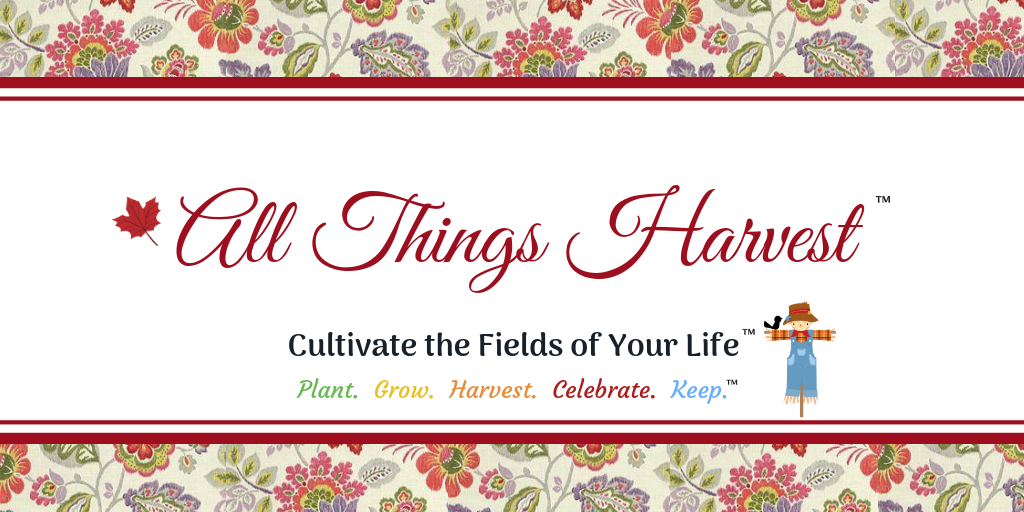
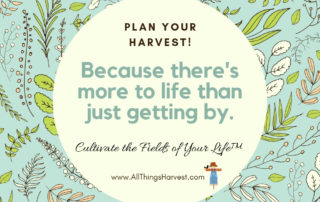

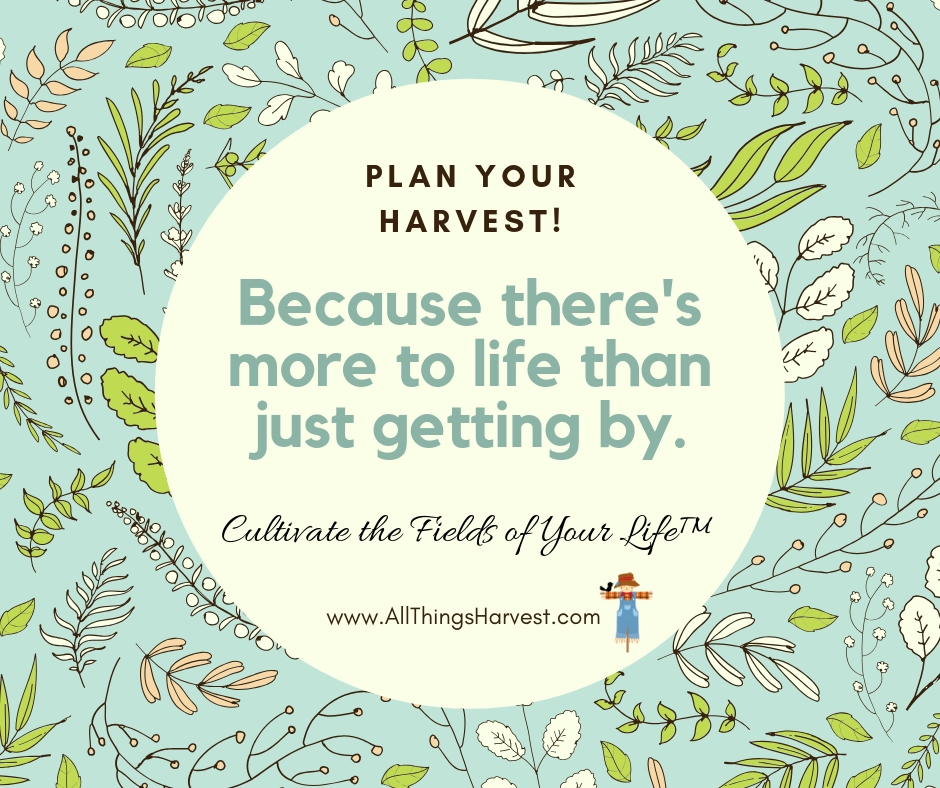


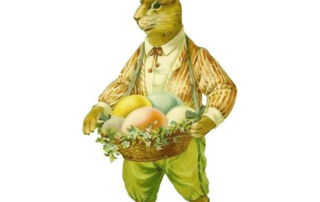
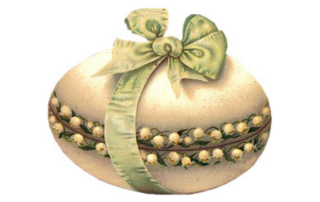
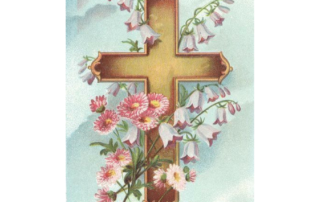



Let’s Connect
Facebook
Twitter
Google +1
LinkedIn